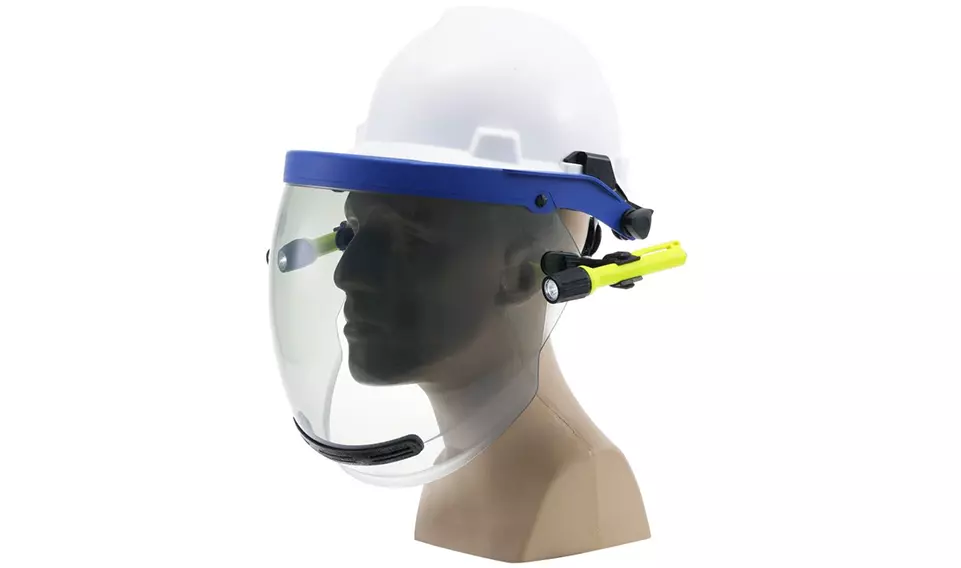
What is the difference between an anti-arc visor and an anti-arc hood?
In high-risk working environments such as electric power, industry, and chemicals, protecting the safety of workers is crucial. As two important protective equipment, anti-arc visors and anti-arc hoods play an important role in ensuring worker safety. However, these two types of protective gear differ in design and functionality, and this article will explore the differences between them in detail.
1. Design and structureAnti-arc screen:
Definition: An anti-arc visor is a facial protection tool that is mainly used to protect the user's face from splashing materials.
Structure: The visor is divided into helmet-type visor and head-mounted visor. It has the characteristics of indirect ventilation and flip-up lenses, which facilitates observation and reduces possible risks caused by removal.
Material: The visor is usually made of special polycarbonate material, which can withstand a certain intensity of impact and ensure protective effects.
Arc protection hood:
Definition: An anti-arc hood is a more comprehensive protective equipment that can cover the user's head, face and neck, providing comprehensive anti-arc protection.
Structure: The hood is made of high-tech materials, which are heat-resistant, flame-resistant, non-combustible, non-melting, etc. It can expand rapidly during arc explosions to form a protective layer.
Material: The material of the hood has been specially treated to rapidly expand when exposed to arcs and form an effective insulation layer to protect workers' safety.
2. Functions and features
Anti-arc screen:
Main functions: Anti-arc visor: Mainly used to protect workers’ faces from splashing particles, such as splashing particles in welding operations.
Features: It has the characteristics of indirect ventilation, flip-up lenses, anti-fog, anti-scratch, etc., and provides a wider up and down field of vision.
Arc protection hood:
Main functions: In addition to the protective function of the arc-proof visor, it can also rapidly expand and carbonize the fabric when an arc explosion occurs, making the arc-proof clothing tissue denser and thicker, forming a protective layer, and reducing the risk of human skin and arc heat energy. Contact injury.
Features: The hood complies with multiple international standards and testing requirements, such as ASTM F2178, ANSI Z87.1 and NFPA 70E, etc.
3. Application scenarios
Anti-arc screen:
Mainly used in situations where facial protection is required, such as welding operations, chemical handling, etc.
Arc protection hood:
It is more suitable for electric power, industry, chemical industry and other related power work, especially in occasions where comprehensive protection is required, such as power plants, substations, industrial plants, etc. In these environments, workers may be exposed to high-risk situations such as arc explosions and require more comprehensive protective equipment to protect their safety.
4. Wearing and combination use
Anti-arc screen:
Usually used in combination with other protective equipment (such as safety helmets) to provide more comprehensive protection.
Arc protection hood:
It is recommended to use a full set of anti-arc equipment, including anti-arc hoods, anti-arc clothing, anti-arc gloves, etc., to ensure full body safety. When wearing it, you need to insert the forehead support on the visor into the latch next to the helmet, and adjust the chin strap to a suitable size to ensure a complete fit.
In summary, anti-arc visors and anti-arc hoods are different in terms of design and structure, functions and characteristics, application scenarios, and wearing and combined use. The choice of protective equipment mainly depends on the specific work environment and protective needs. Workers working in high-risk working environments such as power, industry, and chemicals should choose appropriate protective equipment based on their actual conditions to ensure their own safety.












